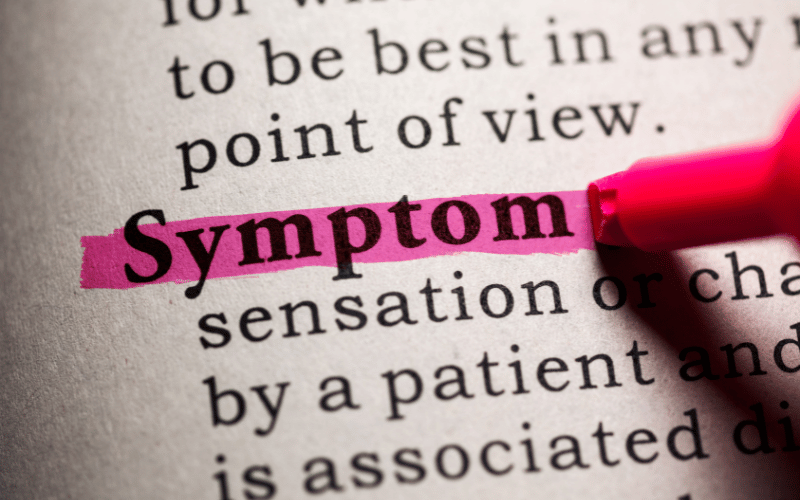Fact 3: Spotting the Symptoms – The Varied Faces of Cholestasis

Recognizing the symptoms of cholestasis early on is crucial for prompt diagnosis and treatment. While the hallmark symptom is intense itching, particularly on the palms of the hands and soles of the feet, the condition presents itself in various ways.
Apart from itching, individuals with cholestasis may experience jaundice, a condition characterized by the yellowing of the skin and eyes. This occurs due to the buildup of bilirubin, a yellow pigment that’s usually excreted in bile. When bile flow is obstructed, bilirubin accumulates in the bloodstream and gets deposited in the skin, leading to jaundice.
Cholestasis can also cause dark urine and pale stool. The dark urine results from excess bilirubin being excreted through the kidneys, while the pale stool is due to a lack of bile in the digestive system, which normally gives stool its brown color.
Fatigue and loss of appetite are common as well, and some individuals may experience abdominal pain, particularly in the upper right side of the abdomen. These symptoms reflect the liver’s impaired ability to function properly and process nutrients.
Being vigilant about these symptoms and seeking medical attention promptly can facilitate early diagnosis and treatment, mitigating the risks associated with cholestasis and improving overall liver health. It’s a condition that warrants attention, and understanding its varied symptoms is a critical component of effective management. (3)